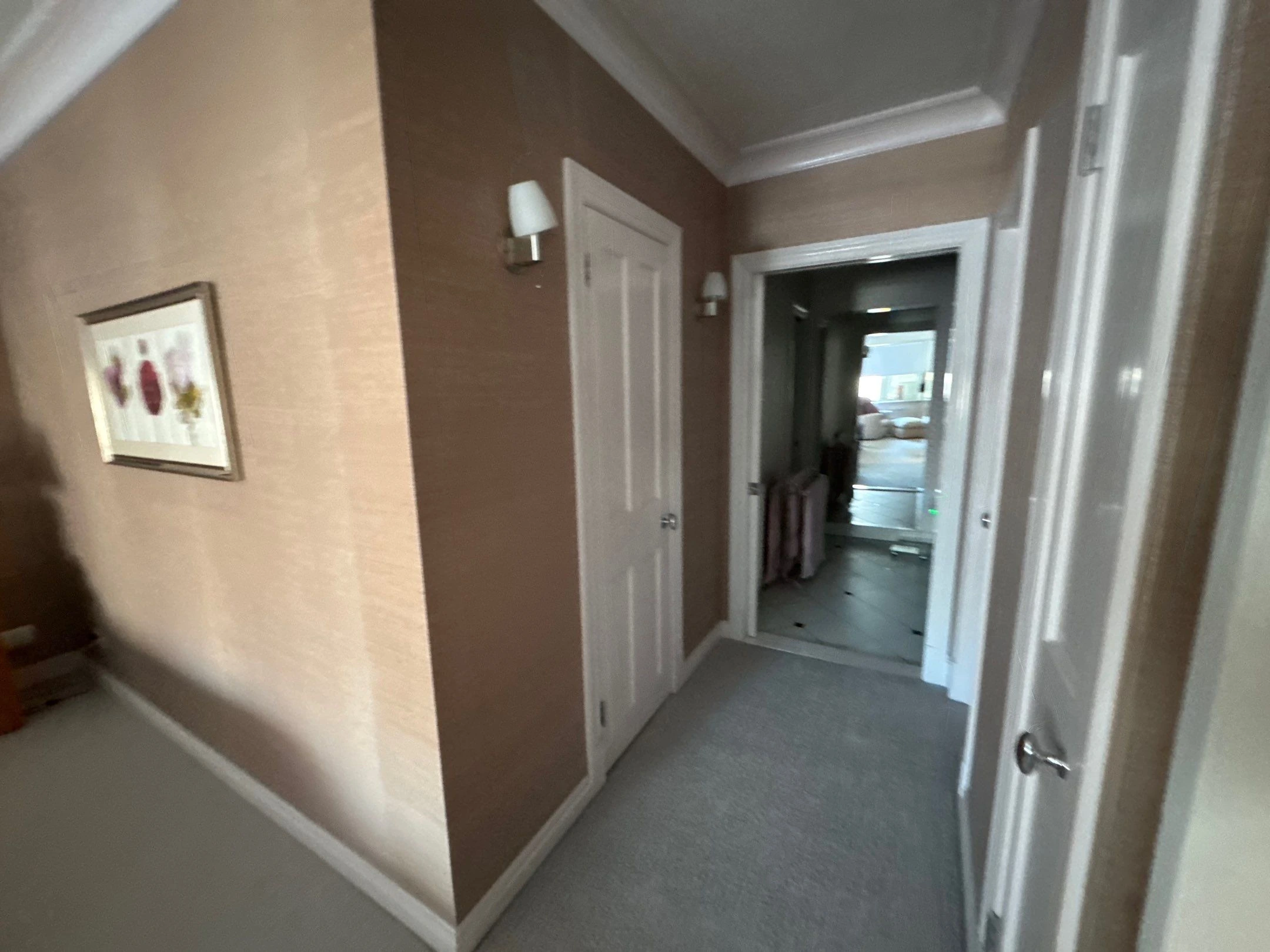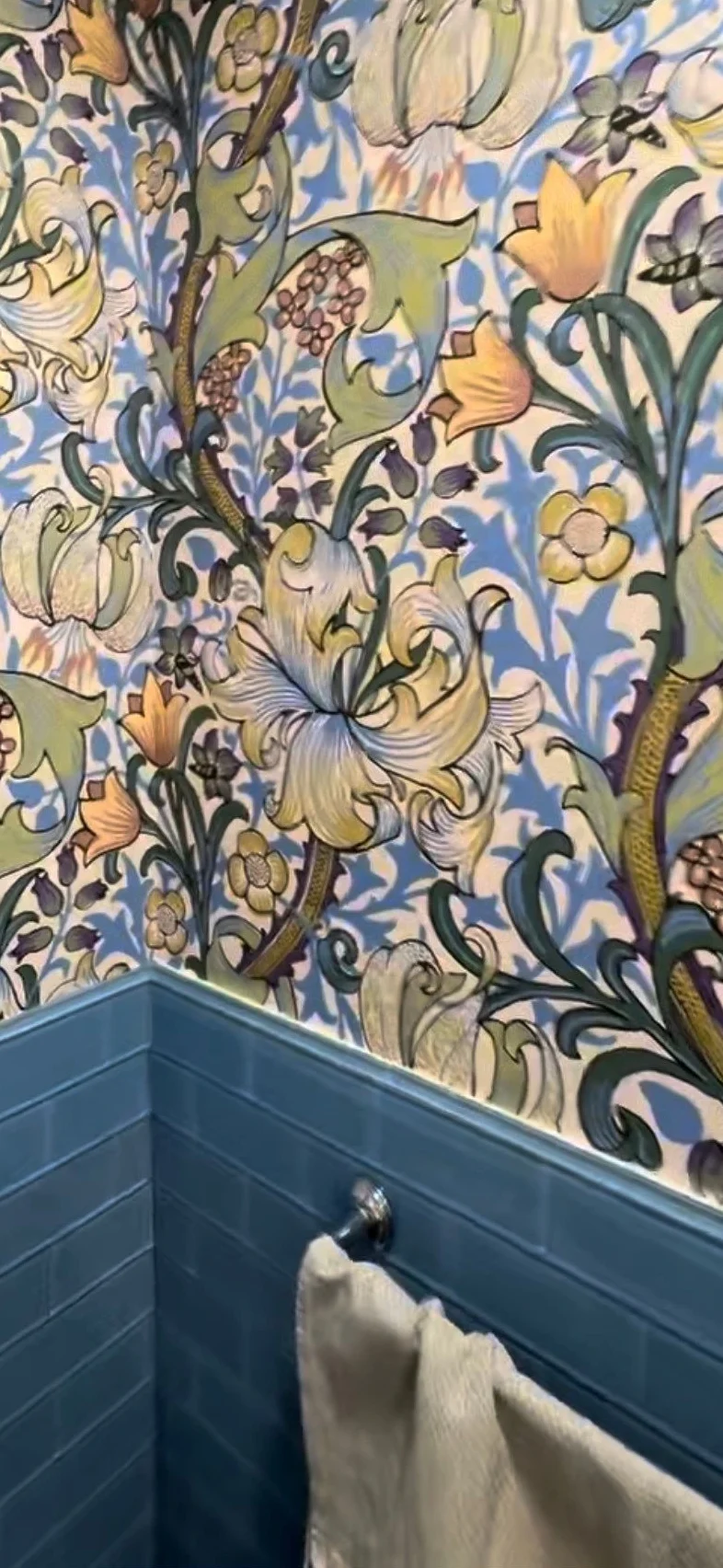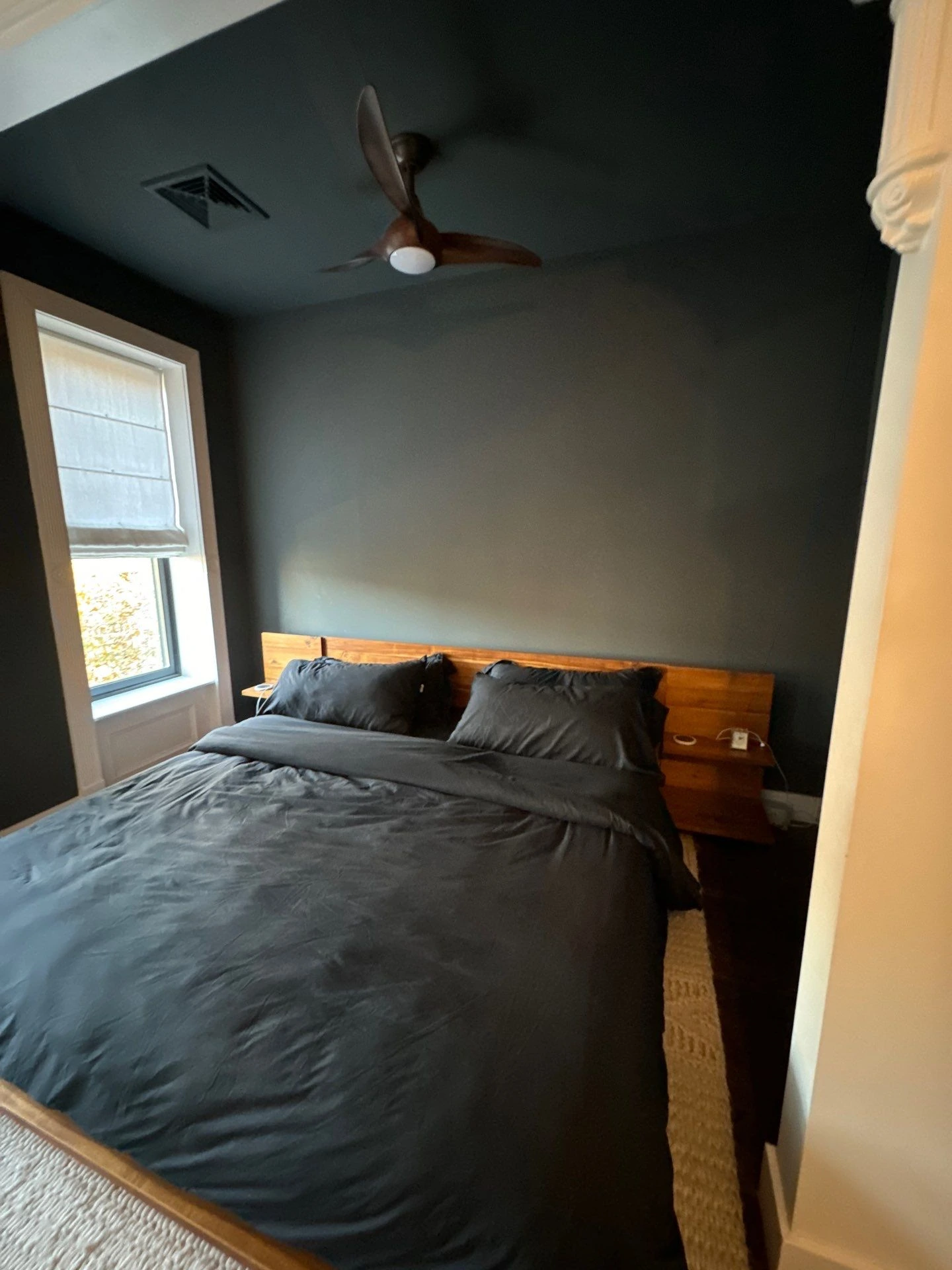If you’ve ever walked into a room and thought, “Wow, this space looks so polished!” chances are the molding played a big role in that. Molding (also called “trim”) is a decorative element that can transform a plain wall or ceiling into something special. Here’s a quick, casual rundown of some popular molding types and where you might see them.

Wall Panel Molding
Wall panel molding is all about adding character and depth to your walls. Think of it as creating “frames” on the surface. You can have large rectangular shapes or more decorative patterns—whatever fits your style. It’s often found in dining rooms and hallways, lending a sense of elegance without being over-the-top. Plus, it can give a flat wall some visual flair without a lot of fuss.

Crown Molding
Crown molding is what people often think of first when they imagine fancy trim. It’s the decorative trim that “crowns” your walls, sitting at the spot where your walls meet the ceiling. Crown molding can be simple or intricate, depending on your preference. It’s like putting a nice frame around the top of the room, adding a bit of height and sophistication.

Picture Rail Molding
Picture rail molding is a neat feature that was popular in older homes—though it’s making a comeback for people who love a vintage touch. It’s a thin piece of molding attached to the wall, usually a few inches (or more) below the ceiling. The idea is you could hang artwork from it using special hooks and wires, so you wouldn’t damage your walls with nails. These days, it can be both functional and a cool nod to classic interior design.


Window and Door Casing
Casing is the trim that wraps around windows and doors. Its main job is to cover the gap between the wall and the frame, but it also adds a clean, finished look. Casings come in all sorts of styles, from super-minimalist to heavily detailed. They help draw attention to windows and doors—or blend them in, if you go for a simpler design.
Whether you’re a fan of elegant crown molding or prefer the subtle charm of shoe molding, trim can be an easy way to amp up your home’s style. It’s those small details that can really bring a room together and make it feel “just right.”

Baseboard Molding
Baseboards offer both practical and aesthetic benefits. They cover the gap where walls meet floors, hiding uneven edges and giving the room a clean, polished look. Beyond style, baseboards also protect walls from scuffs or dents caused by foot traffic, furniture, or cleaning tools. They act as a barrier, making it easier to wipe and maintain the lower section of your walls.

Shoe Molding
Shoe molding is the “underdog” of trim—it’s small, but mighty. You’ll usually see it where the baseboard meets the floor, running along the bottom edge of the baseboard. Its main job is to cover the little gap between the floor and the baseboard, helping create a neat transition and hide any uneven edges. It might be subtle, but it goes a long way in making floors look seamless.



